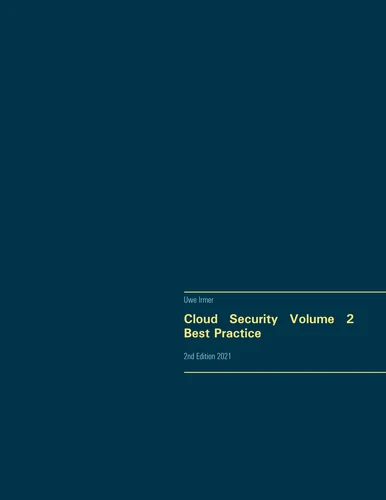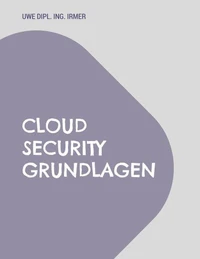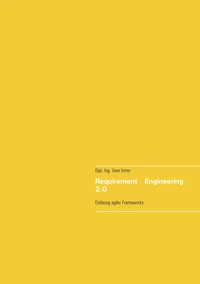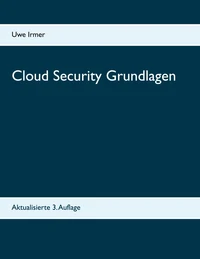Cloud Security Volume 2 Best Practice. 2nd Edition 2021
Par :Formats :
Disponible dans votre compte client Decitre ou Furet du Nord dès validation de votre commande. Le format ePub est :
- Compatible avec une lecture sur My Vivlio (smartphone, tablette, ordinateur)
- Compatible avec une lecture sur liseuses Vivlio
- Pour les liseuses autres que Vivlio, vous devez utiliser le logiciel Adobe Digital Edition. Non compatible avec la lecture sur les liseuses Kindle, Remarkable et Sony
 , qui est-ce ?
, qui est-ce ?Notre partenaire de plateforme de lecture numérique où vous retrouverez l'ensemble de vos ebooks gratuitement
Pour en savoir plus sur nos ebooks, consultez notre aide en ligne ici
- Nombre de pages136
- FormatePub
- ISBN978-3-7526-9731-5
- EAN9783752697315
- Date de parution28/06/2021
- Protection num.Digital Watermarking
- Taille538 Ko
- Infos supplémentairesepub
- ÉditeurC. M. Willberg
Résumé
Cloud technology seems to be the business driver of the last few years. According to several studies, international corporations as well as small and medium-sized enterprises (SMEs) are looking to move their information technology to the cloud.
Expectations are high and briefly summarised:
Low costs for the use of information technology, flexible use and invoicing, always technologically up to date, high availability, high agility, no commitment of own resources, no responsibility for operation and maintenance.
But what about governance compliance, responsibility towards information security and data protection? How is the cloud technology integrated into the company in compliance with laws, regulations and specifications, what responsibility does the management have, how are processes to be adapted, what effects arise for the company, what are the risks? Will changes occur in the company, what needs to be adapted?
How are data protection laws complied with and how is information security?
And how does the company protect itself against data theft, manipulation, destruction and possibly espionage?
Cloud Security Basics in the updated 2nd edition shows which measures are necessary to be able to use cloud technology securely.
After discussing the cloud technology with its architecture and the different objects that are available, the book describes the necessary organisational and technical measures to achieve security.
It looks at governance, compliance, risk management, information security management and specifically addresses the situation of data protection.
Finally, the book provides recommendations on which measures should be implemented.
Cloud technology seems to be the business driver of the last few years. According to several studies, international corporations as well as small and medium-sized enterprises (SMEs) are looking to move their information technology to the cloud.
Expectations are high and briefly summarised:
Low costs for the use of information technology, flexible use and invoicing, always technologically up to date, high availability, high agility, no commitment of own resources, no responsibility for operation and maintenance.
But what about governance compliance, responsibility towards information security and data protection? How is the cloud technology integrated into the company in compliance with laws, regulations and specifications, what responsibility does the management have, how are processes to be adapted, what effects arise for the company, what are the risks? Will changes occur in the company, what needs to be adapted?
How are data protection laws complied with and how is information security?
And how does the company protect itself against data theft, manipulation, destruction and possibly espionage?
Cloud Security Basics in the updated 2nd edition shows which measures are necessary to be able to use cloud technology securely.
After discussing the cloud technology with its architecture and the different objects that are available, the book describes the necessary organisational and technical measures to achieve security.
It looks at governance, compliance, risk management, information security management and specifically addresses the situation of data protection.
Finally, the book provides recommendations on which measures should be implemented.














